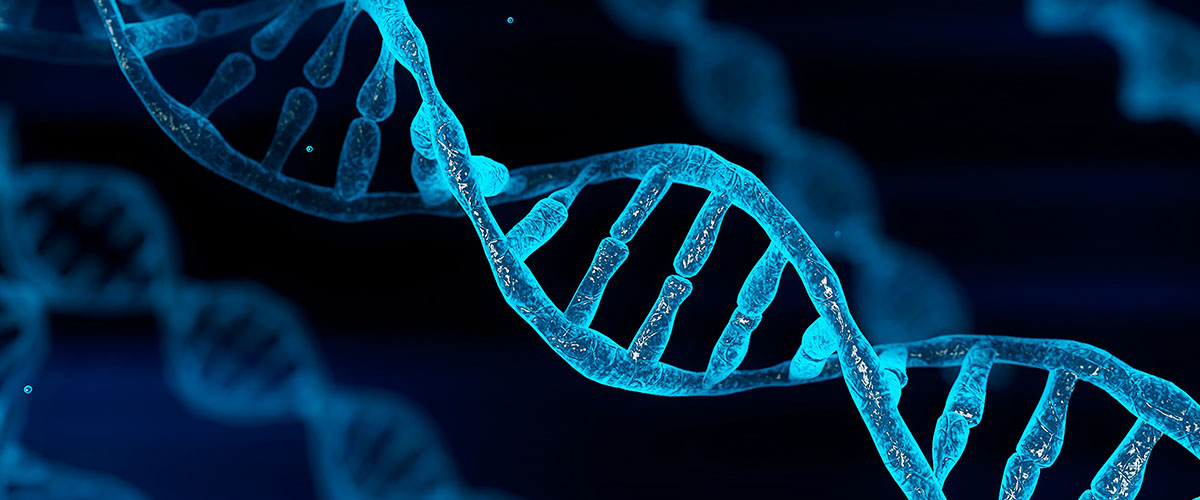)
Unveiling the molecular landscape of poor outcome rare breast cancer subtypes for the identification of targets for precision medicine
Project Duration: 2021-
MOHCCN Consortium: Marathon of Hope - Quebec
Investigators: Dr. Morag Park, Dr. Mark Basik, Dr. Salma Hassan, Dr. Sarkis Meterissian
Partners: Rosalind and Morris Goodman Cancer Institute, McGill University;Lady Davis Institute for Medical Research, Sir Mortimer B. Davis-Jewish General Hospital; Centre Hospitalier de l'Université de Montréal (CHUM); McGill University Health Centre (MUHC)
Project goals:
- To identify genomic and transcriptomic landscape of Poor outcome Rare Breast Cancer subtypes (PoRBCs)
- To identify genetic alterations that can promote sensitivity/resistance to standard of care
- To predicted sensitivities using recent advances in pharmacogenomics.
Summary:
Rare breast carcinoma (BC) subtypes comprise less than 1-5% of all BCs and have distinct clinical and prognostic characteristics. Among the rare BCs, the Poor outcome Rare Breast Cancer subtypes (PoRBCs) are aggressive and are poor responders to standard of care chemotherapy. Although rare, some PoRBCs (Metaplastic, Apocrine, Lobular pleomorphic, Neuroendocrine, Malignant phyllodes, Squamous and Angiosarcoma) account for several hundred new BC cases in Canada annually, representing a therapeutic dilemma. PoRBCs are mostly treated using standard of care which have been validated in ductal and lobular invasive BC, but are not optimal for PoRBCs. Due to their rarity, it has been challenging to identify genomic alterations in common that may identify, patient-directed therapies, and lead to clinical trials. The MOHCCN initiative is a unique opportunity to bring together a team of investigators that can share PoRBC samples and augment the number of cases to be evaluated. Retrospectively, in the last 30 years the MUHC, JGH and CHUM have collected over 10,000 BC cases. From these we have gathered ~300 PoRBC patient samples including fresh frozen (~150 cases), FFPE specimens and plasma/blood. We will make use of the already established breast tissue banking infrastructure in Quebec to continue the generation of a unique large collection of Rare BC samples with updated clinical data. Our teams have established a cohort of 15 patient derived xenografts (PDX) and matched organoid cultures from PoRBCs. These pre-clinical models can be further used for validation of response to standard of care chemotherapies as well as FDA approved and novel drugs. The genetic alterations from the molecular analyses proposed can be used to identify therapeutic approaches that may increase response of PoRBCs.
